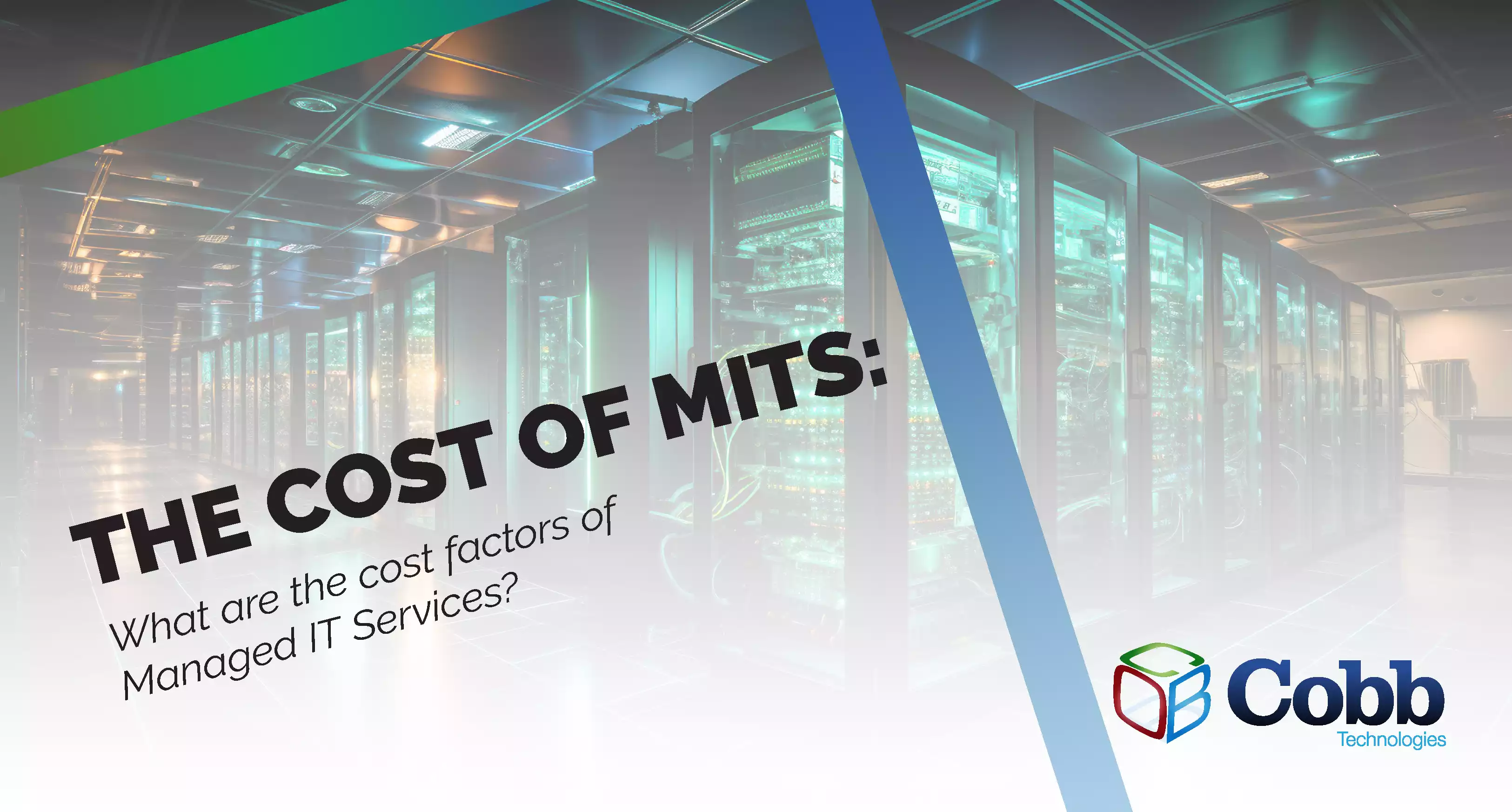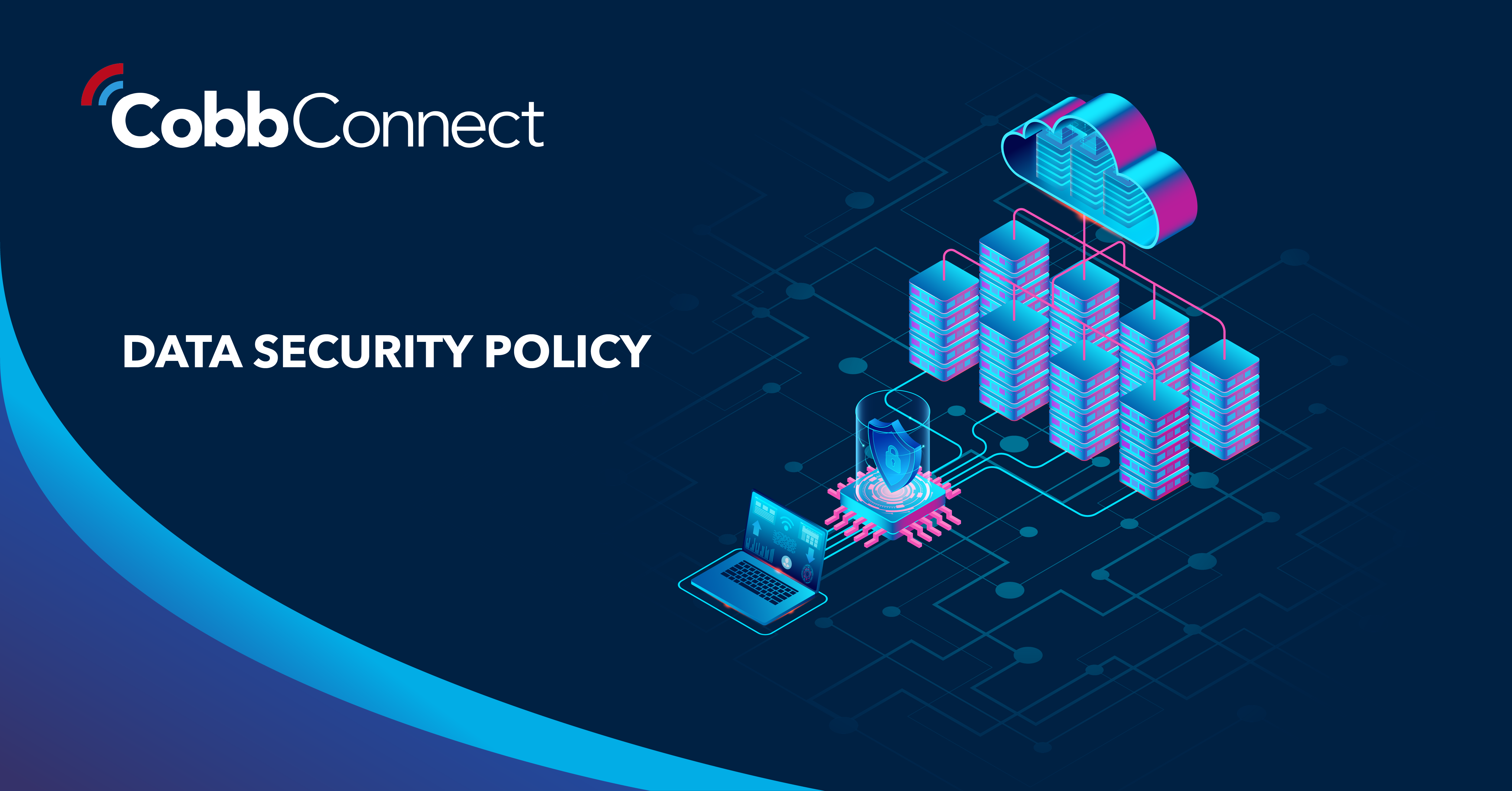2 min read
We “LOUVRE” Strong Passwords: How a Weak Password Can Lead to Big Losses
The Louvre’s password became the punchline of a global story after a heist revealed major security concerns for the museum. Reports say the password...

As the needs of your business environment change faster with each coming year, many decision-makers are reaching the same conclusion: non-fully managed IT services are no longer adaptable and agile enough to handle ever-changing technology, marketplaces, and customer needs.
This reality was exemplified perfectly by the COVID-19 pandemic — businesses who had partnered previously with a Managed IT Service (MITS) provider were able to quickly pivot and adapt all of their business operations to function remotely. However, companies that relied on traditional break/fix and non-fully managed IT services found it much more difficult to get their remote-work wheels spinning — mainly due to these break/fix IT companies becoming overburdened with service requests.
But while the need for a MITS provider (also referred to as an MSP or Managed Service Provider) has become obvious over the last few months, it’s undeniable that many businesses respond with sticker shock when presented with an estimate of how much Managed IT Services cost.
Before we get into why a MITS partnership can be relatively expensive, let’s go over the main cost factors:
For an average small-to-medium-sized business, a fully managed MITS contract can cost from $100 to $200 per user, depending on multiple factors within the organization.
It’s important to note that there are multiple types of costs in a Managed IT Services contract that make up the whole monthly cost, with those being:
These three costs can, and most likely will be, combined (or amortized) over the duration of the contract, helping to prevent a small-to-medium-sized business from being forced to write a large check upfront.
Now, let’s go through what each of these factors means for your business.
When your MITS partnership begins, there will almost always be some associated set-up costs, which are most heavily influenced by the cost of IT labor. While every MITS provider will come with a different labor rate, there are two traits related to your company itself that will directly increase your set-up costs: the size of your company, and how updated (or outdated) your servers, firewalls, and computers are.
The size of your company will likely be the most influential factor when determining your set-up costs – this is because the other two set-up costs – gathering documentation and training employees on new procedures – will require more time to complete as the size of your organization grows.
While it might seem like an economical decision to reduce the amount of documentation and user training that takes place during the onboarding process, it is always best practice to take as much time as is necessary to complete these tasks.
Documentation is key, and will prevent any missteps during the management of your business environment. Proper documentation will also help your employees identify inefficient processes in your daily operations. Documentation covers much more than just what type of software belongs on each device, and the particular needs of the server; documentation is also used to discover how a company works, and what it needs to increase productivity and security. Without proper documentation, there will be no such roadmap.
The hardware that runs your business environment — such as wireless access points, servers, and computers — will be largely responsible for your associated one-time costs. Just like a mechanic charges clients for parts, MITS providers will include the cost of hardware in their contracts.
Usually, hardware is stable for anywhere between three to five years, which coincides with a standard MITS contract period. Because of this, Managed IT Services contracts will cost much more in the first month than the following months left in the agreement.
The older the infrastructure that composes an environment is, the more it will cost to upgrade — mainly due to labor. While it might seem expensive, updating your hardware every three to five years will not only keep your environment running smoothly, it will help avoid very high unexpected costs.
For example, the actual hardware responsible for 10TB of network storage will come with a one-time cost between $3,000 and $4,000 – if this hardware isn’t updated regularly, however, not only will you need to spend the $3,000 to $4,000 on the storage itself, you’ll also need to pay for labor and deal with a significant-to-critical drop in your business’s ability to function. It is important to note that the act of restoring a server after hardware failure is a much more resource-intensive task than simply updating the hardware and can create the perfect storm of unexpected costs.
So, while updating your hardware every three to five years may seem like an unnecessary expense, it will end up saving your business money in the long run – as well as increasing your network’s security. A healthy environment is a secure environment. Keep in mind that every new product added to your environment will come with an associated cost – but these costs can be amortized into the duration of your contract, helping to avoid high upfront bills.
Reoccurring costs will make up the majority of the cost of a MITS contract and will cover licenses, help desk support, quarterly business reviews, scheduled vCIO consulting, and regular maintenance and updates.
Again, the size of your organization will be the most significant indicator of your overall contract price. If you were to compare a business that had ten employees to an organization of fifty, the Managed IT Services costs of the larger business could climb from $1,000 per month to $5,000 per month — and in the case of an organization that has specialized IT needs, that $5,000 could easily become $8,000 or more per month. This is due to the $100 - $200 per user per month rule.
Every solution has some sort of associated cost — for example, a single email box may come with a price tag of $5 per user per month. On the higher end of the reoccurring cost spectrum, file-level cloud backup for servers can cost between $90 to $110 per 500GBs per month. All of these solutions together comprise the reoccurring costs for your particular business. For each user in your organization, you’ll need software licenses, storage space, bandwidth, backup storage, and any other supporting hardware necessary for the operations of your environment.
In regards to your reoccurring Managed IT Services costs, these will be the most significant determining factors:
In most MITS contracts, the cost of labor is included in your overall per-user price ($100 - $200 per month). Depending on the project however, out-of-scope work (or the time that work needs to happen, such as weekends, holidays, or off-hours) can add to your overall monthly cost.
These costs will usually be one-time items, however, as MITS providers will make sure to manage your systems so that special projects are rare — for example, occurring when dealing with an unforeseen upgrade or security risk.
If your company’s environment requires a higher-than-usual degree of security or any other specialized solution, your reoccurring costs will most likely increase.
Just like an insurance policy, your business can customize your MITS contract to your organization’s needs — MITS contracts, unlike insurance policies, however, are proactive rather than reactive.
While a standard break/fix IT company may not come with a monthly reoccurring cost, a Managed IT Services provider can quickly supply any business with specialized solutions, and provide a holistic service that protects your business, and improves its efficiency. So, if you're considering MITS for your business and are concerned about how much Managed IT Services cost, we hope we have been able to answer your question.
For more about Managed IT and Cybersecurity, check out our blog. To learn about our MITS offerings, visit our Managed IT Services page.

2 min read
The Louvre’s password became the punchline of a global story after a heist revealed major security concerns for the museum. Reports say the password...

6 min read
Organizations of all sizes handle enormous volumes of data. Data is one of the most valuable assets of any organization.Unfortunately, it’s also a...

5 min read
In today’s digital-first workplace, your network is more than just a connection point; it’s the foundation of your operations. Whether your...